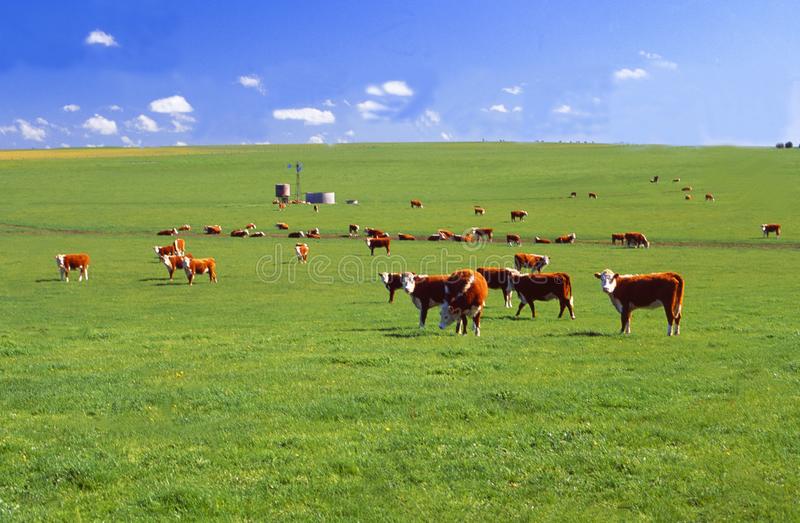



According to the 11th annual Alltech feed survey, which was released on Jan. 25, global feed output climbed 2.3 percent in 2021. International feed output grew to 1.235 billion tonnes in 2020, up from 1.187 billion tonnes in 2020, according to the survey, which included data from more than 140 nations and over 28,000 feed mills. China (261.424 million tonnes), the United States (231.538 million), Brazil (80.094 million), India (44.059 million), Mexico (38.857 million), Spain (35.580 million), Russia (33.000 million), Turkey (25.300 million), Japan (24.797 million), and Germany were the top ten feed-producing countries in 2021. (24.506 million).
According to Alltech, these countries produced 65 percent of the world’s feed and can be used as indications of agricultural trends. Furthermore, when these countries’ feed production was combined, it climbed by 4.4 percent, compared to a global gain of 2.3 percent. China, with an increase of 8.9% in tonnage, had the biggest growth in feed production. The continuation of the country’s feed industry’s consolidation and modernization, according to Alltech, was a crucial factor in this expansion. Swine farms and feed manufacturers have switched from using food waste to hiring professional feed mills. As a result, commercial feed tonnage grew, owing primarily to the pig industry’s expansion and modernization.
Due to continuous restaurant closures, high raw material prices, and/or African swine disease, feed production matched local expectations in roughly half of the nations polled, while falling short in around 25% of countries (ASF). The remaining 25% of countries outperformed expectations, owing to their recovery from COVID-19 lockdowns, which included higher exports. The poultry industry saw a minor decrease in layer feed tonnage (down 1.4 percent), but boosted broiler feed production (by 2.3 percent ).
In many countries, the layer business has been hampered by high raw material costs paired with flat/low retail pricing for eggs. Concerns about animal welfare are also a driving force, with cage-free and free-range farming on the rise in many nations. Norway, Russia, Ukraine, and Poland saw the most substantial drops in Europe. In Asia-Pacific, output fell by 4%, while tonnage increased by 4% in Australia.
Article by: Hari Yellina (Orchard Tech)